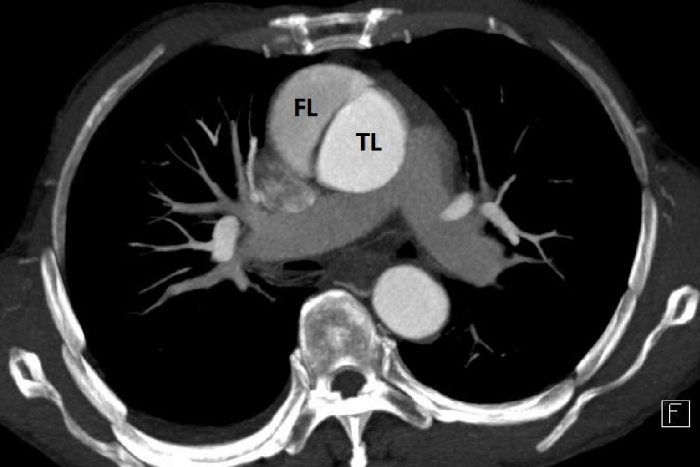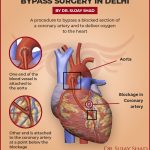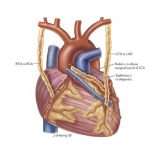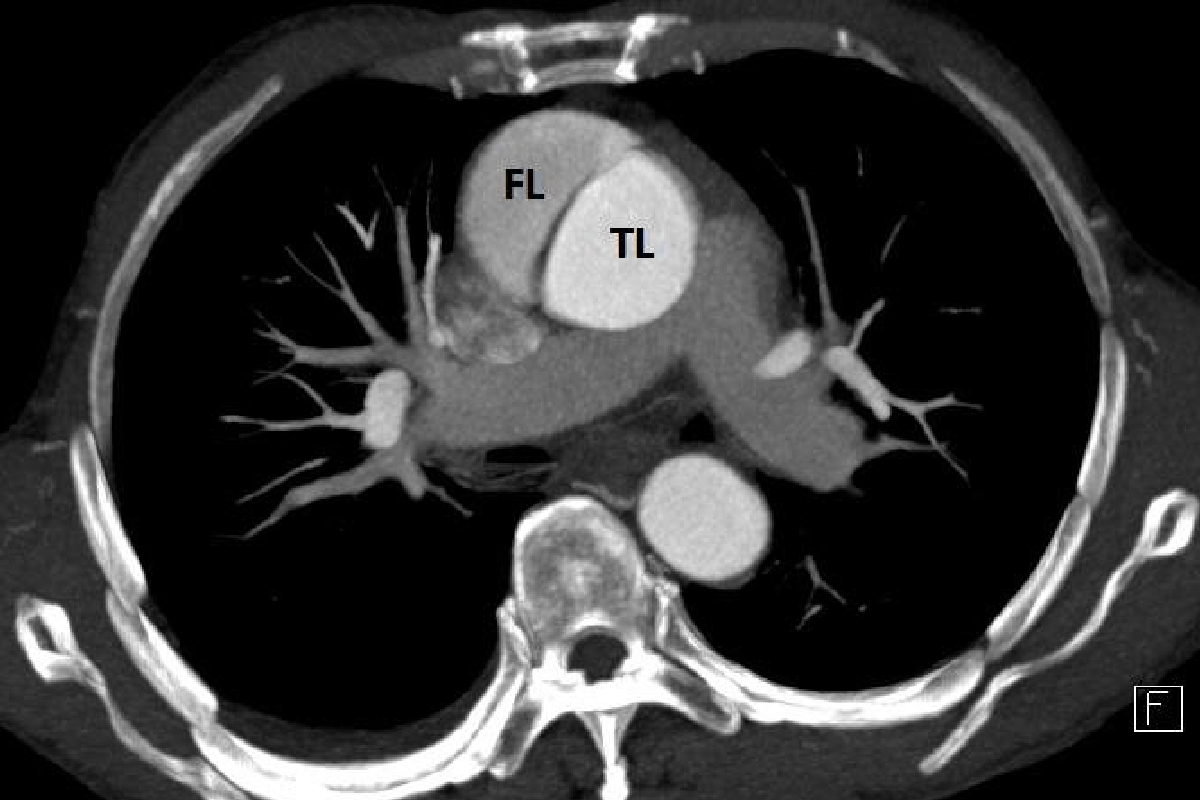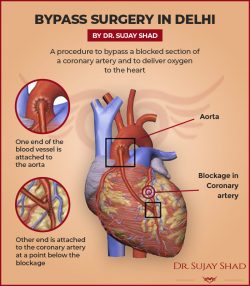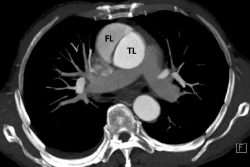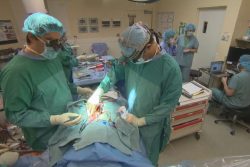What is Aortic Dissection?
More than 12,000 people lose their lives from an aortic dissection every year in the United States. An aortic dissection begins with a tear in the aorta wall, causing the main artery in the body to split. If the dissection is not treated right away, the tear might progress, ripping the aorta’s outer layer and enabling blood to escape the artery. Aortic stenosis causes a reduction in blood flow to key organs such as the brain, kidneys, and even the heart, which can be fatal. Many people who suffer from an aortic dissection die instantly, and the chance of death increases by 3–4 percent every hour if the problem goes untreated.
To provide readers with a better understanding of aortic dissection, Dr. Sujay Shad, a leading heart doctor in Delhi at Sir Ganga Ram Hospital, has explained the same in this blog.
Aortic dissections can be classified in two ways:
Type A: The most common dissection occurs when the aorta ascends from the heart. This is a more dangerous type of dissection since it occurs near the heart.
Type B: This is a different sort of dissection that occurs in the lower aorta and progresses to the abdomen.
It is important to identify aortic dissection at the earliest possible time since a tear that extends through the aorta wall is deadly.
What are the Symptoms of Aortic Dissections?
When an aortic dissection occurs, one might experience the following symptoms, which are similar to those of a heart attack:
Pain: One may feel intense pain in their chest, back, or abdomen. A ripping sensation is defined as a radiating pain in the chest or upper back. The pain may spread to the legs, making walking difficult.
Difficulty breathing: One could also feel shortness of breath.
Paralysis: There are chances of losing vision, the ability to speak, or the ability to use limbs on one or both sides of the body.
Weak pulse: The patient might feel a weakened pulse due to less blood circulating in the body.
What Causes Aortic Dissection?
Patients with poorly controlled blood pressure are at a higher risk of experiencing aortic dissection. Additionally, patients with existing connective tissue diseases, such as Marfan’s syndrome, Ehlers-Danlos syndrome, etc., also have higher chances of experiencing aortic tears. An existing aneurysm, polycystic kidney disease, or even chest trauma are all risk factors for aortic dissection.
Is it Possible to Prevent Aortic Dissection?
The easiest way to avoid an aortic dissection is to keep the blood pressure under control. It is vital to comply with all medical therapy to ensure healthy blood pressure in the long term. This will help in protecting the aorta from any complications that might cause severe consequences in the long run.
How is Aortic Dissection Diagnosed?
Since aortic dissection is frequently mistaken for other cardiac problems, such as a heart attack, the doctor will perform tests to rule out other potential causes of the symptoms. One would have to undergo a series of tests such as an angiogram, x-ray, MRI, CT, ultrasound, echocardiogram, or transoesophageal echocardiogram (TOE).
To learn more about aortic dissection or to learn how much heart surgery cost in Delhi, book a consultation with Dr. Sujay Shad at Sir Ganga Ram Hospital. Besides aortic dissection, the expert surgeon also performs other heart surgeries such as coronary bypass surgery, heart valve surgery, ECMO, heart transplants, and many more.
Book an appointment today with Dr. Sujay Shad for more information!
